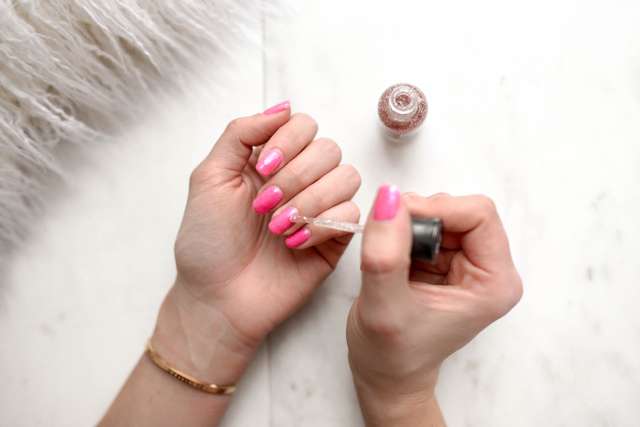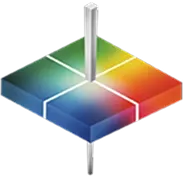
Duochrome cosmetics are helping consumers create dramatic new looks. Image Source: Unsplash user Bernard Osei
Duochrome may sound like something one would find in the automotive industry, but in recent years, it’s made its way into makeup bags around the world. Duochrome refers to a type of color changing makeup that doesn’t actually change color. Instead, its appearance changes based on the angle that it’s viewed. It’s a dramatic look that’s made its way onto many runways through the years. However, the creation of this makeup is a complex process and its ability to interact with light is key; creating colors that appear to change based on how they’re viewed requires developing a precise, exacting formula.
There’s a lot of room for error in creating these cosmetics, as development hinges on interference pigments. These pigments “interfere” with an existing color and if used incorrectly, the end result could be lackluster. As such, base color is the key to establishing a cosmetic that uses interference pigments to their full advantage. By using spectrophotometric color measurement, cosmetics manufacturers can develop a base color that works perfectly with interference pigments and move that color into mass production.

Interference pigments allow for the creation of dynamic cosmetics that appear to change based on angle. Image Source: Unsplash user Raphael Lovaski



